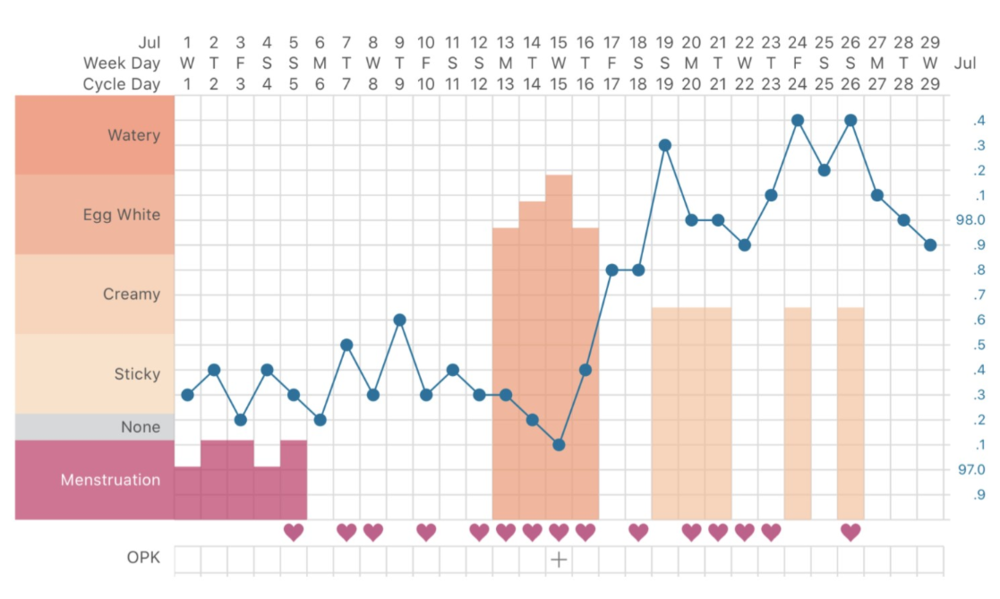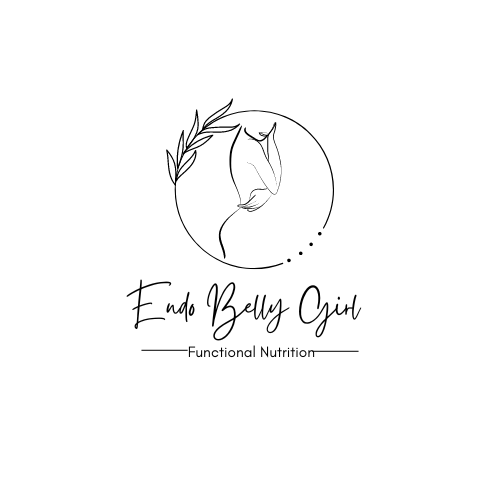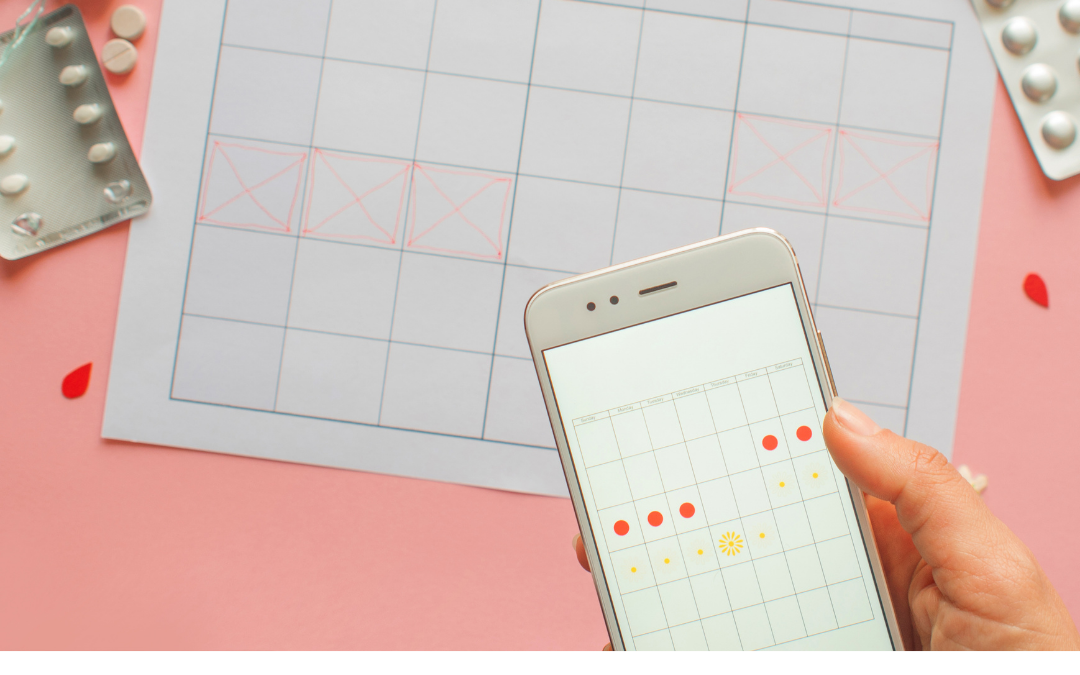The information in this post should not be taken as medical advice. All information is for educational purposes only. Please consult with your licensed and credential doctor or practitioner before embarking on any changes.
Cycle charting is such an important part of getting to know your body as a woman and can give so much insight as to your hormone health and any imbalances that may be going on. I feel so much more into with my body and my hormone fluctuations and find myself doing less fighting and more honoring myself.
As a teenager I recall having my period being the one and only part of my cycle that I was really even aware of. That was mostly because, as is common for many teen girls, I was always worried and having my fingers crossed that it wouldn’t come at the most inconvenient times like when I was going to a school dance, a vacation, or a ballet performance. I don’t even think I really kept track of what cycle day I was on or how regular my periods were. It just didn’t matter much to me at that time! Oh how times have changed.
Fast forward to age 20 to age 27, the years I was on hormonal birth control. It didn’t take much effort to keep track of my cycle at that time because I just knew that I would bleed at a certain time each month due to the birth control, BUT little did I know at the time that what I was experiencing was in fact not actually a period. You can read more about that in my previous post here.
Then I went off birth control in preparation for trying to start a family. Still with little idea of the ins and outs of what was happening each month within my own body. I did at this point start tracking the first day of each cycle, but that was largely so that I could “predict” when I would be ovulating. Little did I realize how little information that was really giving me. Thankfully I am a huge devourer of books and I quickly discovered the book “Taking Charge of Your Fertility” by Tony Weschler. Truly this is a bible that every woman needs to read from the time she gets her first period. I started reading this, as many women do, to gain more awareness of my fertile times of month (which remember is only 5-6 days out of each cycle), but along the way I learned so much about my hormones, my cycle phases, and the signs my body was telling me along the way.
I still highly recommend getting yourself a copy of this book if you don’t have one already, but with this post I would like to give you a snippet of that information so that you can start tracking your cycles right now, today.
It is important to note that what I am talking about is simply cycle tracking for the purpose of gaining knowledge about your cycles, your hormones, and your fertility. This should NOT be considered a complete education around Fertility Awareness Based Methods. Please consult with a professional before embarking on using Fertility Awareness Based Methods either as a means of pregnancy prevention or to achieve pregnancy.
Today we will be starting by learning the basics of sympto-thermal charting. Read on and get started today!
Tools you will need:
- Basal Body Thermometer. These are inexpensive and can be found at most drug stores or online. Alternatively, you can use a tool like Tempdrop (note: this is not an affiliate link, but it is a referral code. I am however recommending it because I think it is a great product!), which is a pricier option but uses an algorithm that may have more accurate results.
- A way to chart your cycle. There are several options here. There are some great apps that allow you to track your cycle on your phone or tablet or you can use a good old fashioned paper chart, of which there are also great options you can download and print.
Apps:
Read Your Body (my personal fave!)
Paper charts:
Taking Charge of Your Fertility
Fertility Awareness Mastery Charting Workbook
Basal Body Temperature
This is the easiest sign to observe and a great first place to start if you are brand new to cycle charting. All you have to do is get yourself an inexpensive Basal Body Thermometer and take your temperature when you first wake up in the morning. You can take your temperature orally, vaginally, or under your armpit, but it must be in the same place every day. Consistency is key here. You do want to measure your temperature around the same time each morning (within a half hour) and do it before anything else. Before going to the bathroom, checking your phone, having a drink of water, you get the idea! Then you take that temperature and record it, either on a paper chart or an app (options listed above!).
What you are looking for here is a pattern. In a normal menstrual cycle, the temperature will be generally lower during the follicular phase and then after ovulation the temperature will rise about 0.5 degrees. This is because progesterone, the dominant hormone during the luteal phase, is thermogenic and causes this rise in temperature.
This is an excellent way to observe when ovulation occurred in your cycle. Once you see that temperature shift stay elevated for at least 3-4 days you can confirm when ovulation occurred.

Cervical Fluid
Okay, I know, if you are not used to paying attention to this it may seem “gross.” But cervical fluid is such a normal part of being a woman and so very easy to observe. It has a distinct pattern throughout your cycle. It is highly likely that you have observed it before without necessarily being aware of what it was telling you about your cycle or your fertility.
Cervical fluid is what allows sperm to reach the egg during a woman’s fertile time of month. It protects the sperm from the acidic environment in the vagina and serves as a medium in which the sperm can move. This particular type of cervical fluid, known as “fertile-quality cervical fluid” is only produced by the body in the days leading up to ovulation. This fluid can begin to appear up to 5 days prior to ovulation and is a sign that ovulation is near. The time with this fertile-quality cervical mucus is present is the time when a woman is most fertile.
How to observe cervical fluid:
This part is very simple! All you have to do is check your toilet paper when you wipe after you urinate. Is it more dry? Is it sticky? Does it feel creamy like lotion? Or does it have the consistency of egg white and stretch between your fingers? It is important to observe this all throughout the day to get a good read.
Phases of cervical fluid:
Directly after your period ends, you will likely observe a dry sensation when you wipe. Then the cervical fluid feels more sticky, like paste or like drying rubber cement. After that it progresses to more of a creamy consistency, like lotion. It feels more wet, but not quite fertile quality. Then in the last days leading up to ovulation, we get to the fertile-quality mucus. This is often referred to as “eggwhite mucus” as it often resembles raw egg whites. It is stretchy, clear, and lubricative. It should stretch to about 1 inch without breaking. Your most fertile time of month begins on the first day this eggwhite mucus is observed and continues until the last day it is observed, known as the “peak day.”
After ovulation is complete, the sensation will go back to dry up until it is time for the next menstrual cycle to begin.
Cervical Position (optional sign)
The third, optional sign for tracking your fertile time of month which can be a good way to give extra confirmation, is the cervical position. You cervix is the lower part of your uterus that extends into your vagina. BUT it is actually not in the exact same place all throughout the month.
The acronym for the most fertile cervical position is SHOW, which stands for Soft, High, Open, Wet. Alternatively, during other times in the cycle it will be Firm, Low, Closed, and Nonwet.
This sign can take a little practice as well as getting to know your own body. If you are just getting started or feeling uncomfortable with this, it is totally okay to start with the other two signs.
Other signs of fertility
The three listed above are the most tangible and clear signs of where your body is within your menstrual cycle and when your most fertile time of month is. Our hormonal fluctuations are quite incredible though and show themselves in other ways too, which you can observe as you get to know your own body better. These include:
Ovulatory spotting
Ovulatory pain
Increased libido
Increased energy level
Increased appetite
Our bodies really are amazing, aren’t they? They send us so very many signals as to when it is in its most fertile state, if only we learn to listen.
Troubleshooting
You may notice that your cycle chart does not look quite like the one above or other examples you see online or in books. That is totally okay! It is important to remember for starters that every woman is different. You have your own patterns that are completely unique to you. This is about becoming more intimate with your own cycles, patterns, and hormones, NOT to fit within a certain mold.
That being said, cycle charting can also give you some insight as to when things are not quite going according to plan. If you notice shorter cycles (<25 days), longer cycles (>35 days), irregular cycles, a lack of temperature shift, etc. it can absolutely be a sign of imbalance in the body. This is where we would want to take a look at root causes of what may be causing those imbalances so we can bring your body back into balance. The beautiful thing is that there is so very much that you can do just with diet and lifestyle choices that can make a world of difference. For more on common hormonal imbalances, see my post about common ones and their potential root causes by clicking here.
Thank you for joining me on this journey today! As a reminder, this should not be considered a full and complete education on Fertility Awareness Based Methods. If you are planning to use this as a tool to either prevent or achieve pregnancy, please consider working with a certified professional in that arena. See the links below for more information!
Much love and happy healing!
Looking for a place to start on your own journey towards health right now, today? I would love to hear from you. Click here to schedule a FREE 15 minute discovery call so you can share your story and I can answer any questions. Or subscribe to my blog below and be the first to know when there is something new to read!
Additional Resources:
Taking Charge of Your Fertility by Tony Weschler
Association of Fertility Awareness Professionals
American Academy of FertilityCare Professionals
Fertility Awareness Method of Birth Control
References:
Functional Women’s Academy. (2022). Module 3.2 Slides and Transcripts [PDF Document]. Retrieved from: www.functionalwomensacademy.com
Weschler, Tony. (2015). Taking Charge of Your Fertility. New York, NY: HarperCollins Publishers.


